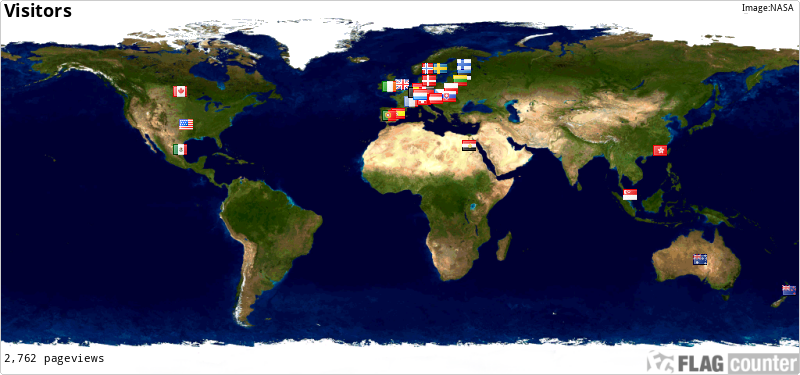
**This cache is located within an area frequently patrolled by Police. Please avoid acting suspiciously whilst searching for it, and if challenged, explain about geocaching. It may be worth pointing out that it is not a physical box you are looking for, but are simply studying the rocks visible to everyone.**
The learning point of this earthcache is to get the geocacher to become familiar with the term phenocrysts.
The term 'porphyry' describes a specific texture found in igneous rocks, where they contain larger crystals of certain minerals (especially feldspar or quartz), these being surrounded by a composite of minerals that have a much smaller sized crystal. The larger crystals are called 'phenocrysts' or 'sprinkle grains'. Porphyritic structures are characteristic of lavas and the igneous rocks found in dykes and sills. The phenocrysts are separated by the slower cooling of magma at depth, while the smaller-sized matrix is caused by a more rapid cooling after the magma is squeezed into a crack in the Earth's crust and/or it has reached the Earth's surface.
Porphyry deposits are formed when a column of rising magma is cooled in two stages. In the first, the magma is cooled slowly deep in the crust, creating the large crystal grains with a diameter of 2 mm or more. In the second and final stage, the magma is cooled rapidly at relatively shallow depth or as it erupts from a volcano, creating small grains that are usually invisible to the unaided eye.
...
MINERALS

Minerals, naturally occurring elements and chemical compounds having characteristic physical properties such, crystal shape, color, line color, gloss, hardness, cleavage, fracture, density and optical conditions.
At GZ you will in this stone find especially the minerals feldspar or quartz.
Feldspar

Plagioclase is a member of the feldspar group (like orthoclase) and is a framework silicate. Plagioclase consists of a solid solution between the albite and anorthite end-members, and together with quartz is the most common of the rock forming minerals.
Orthoclase is a member of the feldspar group (like plagioclase) and is a framework silicate. Orthoclase, also known as alkali feldspar or K-feldspar, is one end-member of a solid solution between orthoclase and albite.
Orthoclase is found in silica-rich igneous rocks such as granite, and in high grade metamorphic rocks.
Quartz

Quartz is a complex silicate in which all the oxygen atoms of the SiO4 tetrahedra are shared between two tetrahedra, leading to complex 3-dimensional frameworks. For this reason, quartz is referred to as a framework silicate.
Quartz is among the most common of all rock forming minerals and is found in many metamorphic rocks, sedimentary rocks, and those igneous rocks that are high in silica content such as granites and rhyolites. It is a common vein mineral and is often associated with mineral deposits.
To log this cache.
To get to log this cache you will have to visit and answer the questions which are related to the coordinates given the earthcache.
When answers are collected, send them to CO for verification.
You can log immediately after answers are sent CO. If there are any questions about your answers CO will contact you.
Logs without answers to CO or with pending questions from CO will be deleted without any further notice.
Please do not include pictures in your log that may answer the questions.
Questions:
1. Answer the questions under by visiting the coordinates. To study the correct stone you will have to find the middle light colored stone out of the three color types that you find at the location. (Grey, Wine red and light red). You are now looking at the pillar panel where you can start on your tasks under.
A.Using the terms in the cache page to help you, describe the crystals, color, texture and the minerals that you see in the marked out stone/pillar?
B. What mineral is it that makes up what you have answered in question A? How did you conclude your answer?
C. What average size are the crystals, and what shape are they?
D. Has this stone cooled in one stage or more than one? Please explain how you reached your conclusions.
2. Take a photo of you, the group or the GPS from the location without revealing any of the answers.
